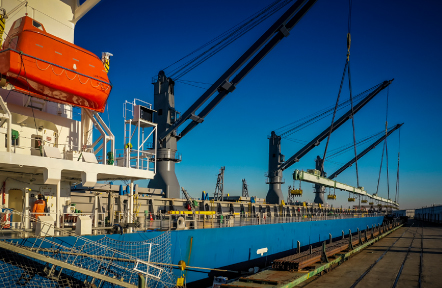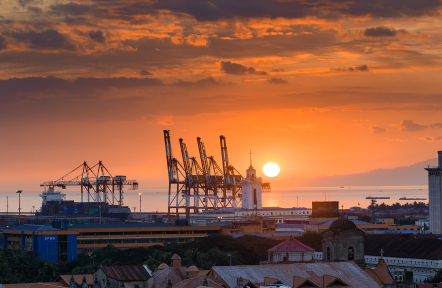Most governments know much about their debt but little about their assets. In the wake of the 2008 financial crisis, as governments mobilized to manage their public debt, they largely ignored their public assets. Some countries, such as the Baltic states and Portugal, took steps to appraise their wealth, but most did not. The United States, for example, chose not to participate in a 2011 initiative by the Organization for Economic Cooperation and Development to evaluate the size and composition of state-owned firms in member countries.
But a better understanding of public commercial assets—defined as government property that generates profit, such as state-owned firms, real estate, and forests—could help yield significant amounts of wealth for economies struggling to get back on track. According to our calculations, which draw on data from the International Monetary Fund and other public sources (and which will be published in our forthcoming book, The Public Wealth of Nations), central governments alone hold significantly more commercial assets than private equity firms, hedge funds, pension funds, sovereign wealth funds, or the super-rich. The value of public commercial assets is on the same order of magnitude as annual global GDP—and comfortably higher than global public debt. If central governments managed their assets better, they could generate annual returns of roughly $3 trillion, or more than the world’s yearly investment in infrastructure including transportation, power, water, and telecommunications. Every percentage point of improvement on annual global portfolio returns would generate the equivalent of the GDP of Saudi Arabia.
A BROK...












